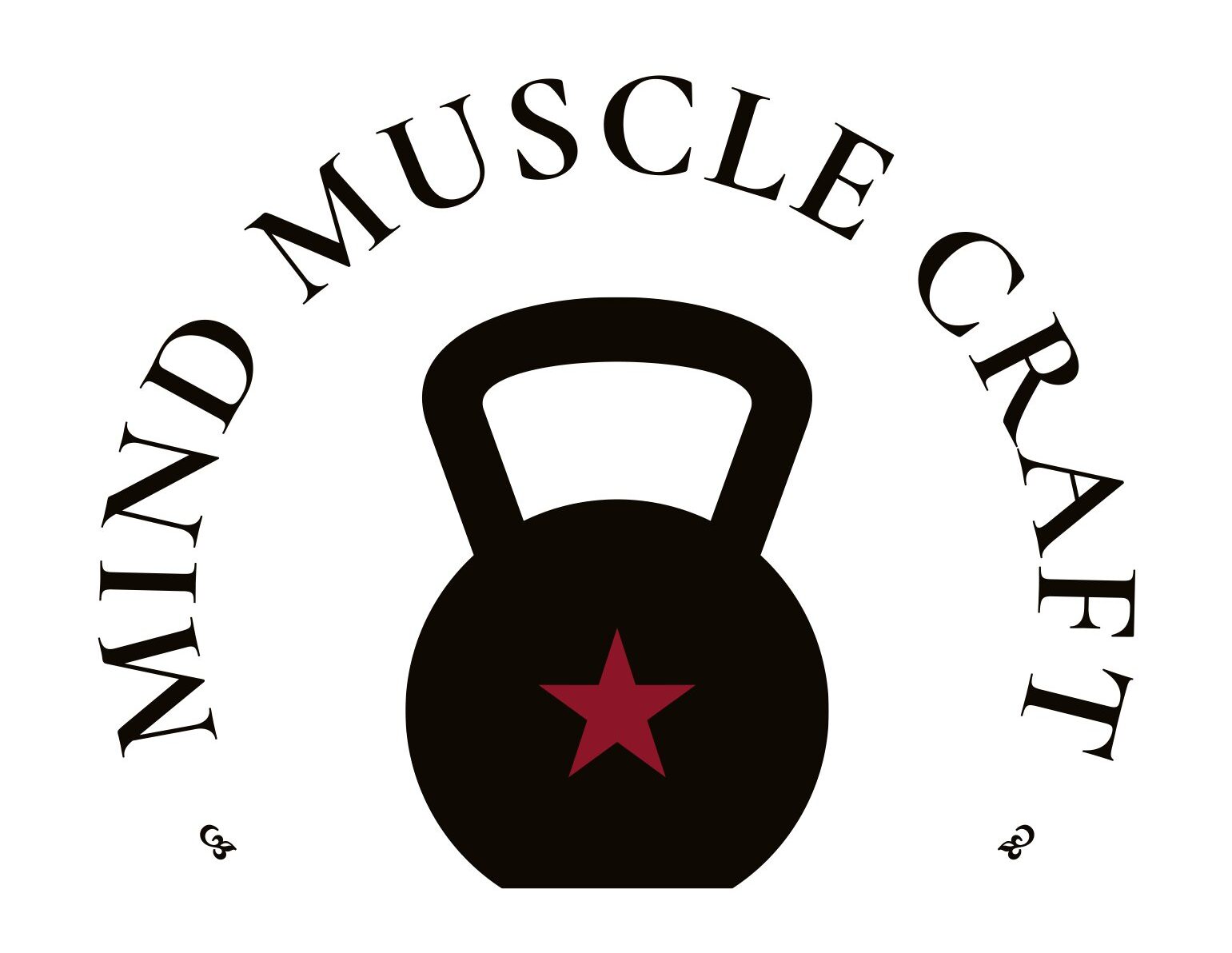Introduction
When it comes to lower-body strength training, squats are king. But if you’re looking for an exercise that specifically strengthens the knees, prevents injury, and aids in rehabilitation, the Spanish Squat is a must-try.
This unique squat variation, which involves using a resistance band anchored at knee height, is highly effective for quadriceps activation, knee joint resilience, and injury recovery. Whether you’re an athlete, recovering from knee surgery, or dealing with tendinopathy, incorporating Spanish Squats into your routine can improve strength, stability, and endurance.
What Is the Spanish Squat?
The Spanish Squat requires a loop band secured around a stable anchor at knee height. After stepping into the loop and positioning it behind your knees, you’ll feel the constant tension throughout the movement. This setup:
✔ Increases muscle activation, especially in the quadriceps
✔ Reduces stress on the knees, making it a safer squat variation
✔ Strengthens knee tendons and ligaments, improving long-term joint health
👉 Learn more about squat mechanics from National Strength and Conditioning Association (NSCA).
Benefits of the Spanish Squat
1. Knee Rehabilitation & Injury Recovery
For those recovering from knee surgery or conditions like patellar tendinopathy, the Spanish Squat provides a safe and effective way to regain strength without overloading the joints.
🔹 A study published in the Journal of Orthopaedic & Sports Physical Therapy suggests that targeted quadriceps exercises help improve knee function and reduce pain in individuals with knee injuries.
2. Enhanced Quadriceps Activation & Strength
Unlike traditional squats, the Spanish Squat forces constant quad engagement, leading to:
✔ Increased muscle fiber recruitment
✔ Improved force production at the end range of motion
✔ Greater muscle endurance, which benefits runners, cyclists, and athletes
According to research from the American Council on Exercise (ACE), proper resistance training reduces injury risk and enhances knee joint stability.
3. Improved Knee Joint Resilience & Stability
Strong quadriceps and stable knee joints reduce the risk of future injuries. The constant band tension forces the knees to stay aligned, which is crucial for long-term joint health.
💡 A report from Harvard Health states that strengthening knee-supporting muscles reduces wear and tear on joints, which helps prevent osteoarthritis and other knee conditions.
4. Lower Leg Muscle Endurance & Injury Prevention
By maintaining tension throughout the movement, lower leg muscles are continuously engaged, improving:
✔ Muscle endurance for sports requiring prolonged exertion
✔ Joint integrity, minimizing excessive wear and tear
According to the British Journal of Sports Medicine (BJSM), targeted resistance exercises like the Spanish Squat help improve muscle endurance and prevent chronic knee pain.
How to Incorporate Spanish Squats into Your Routine
✔ Beginners: Start with light resistance bands and perform 3 sets of 10-12 reps.
✔ Intermediate/Advanced: Increase band resistance and progress to 3-4 sets of 15-20 reps.
✔ Rehab & Recovery: Perform slow, controlled reps focusing on proper form.
💡 Tip: Keep your spine neutral, engage your core, and avoid excessive forward lean.
👉 Need expert guidance? Check out PhysioNetwork for science-backed rehab techniques.
Conclusion
The Spanish Squat is one of the most effective exercises for knee strength, rehabilitation, and injury prevention. Whether you’re an athlete, recovering from knee issues, or simply want to bulletproof your knees, this quad-dominant squat variation is worth adding to your routine.
✅ Stronger knees
✅ Less pain & injury risk
✅ Better performance & endurance
🔗 Further Reading:
- NSCA: The Science of Strength Training
- ACE Fitness: Knee Strengthening Exercises
- BJSM: Knee Pain & Exercise Therapy

